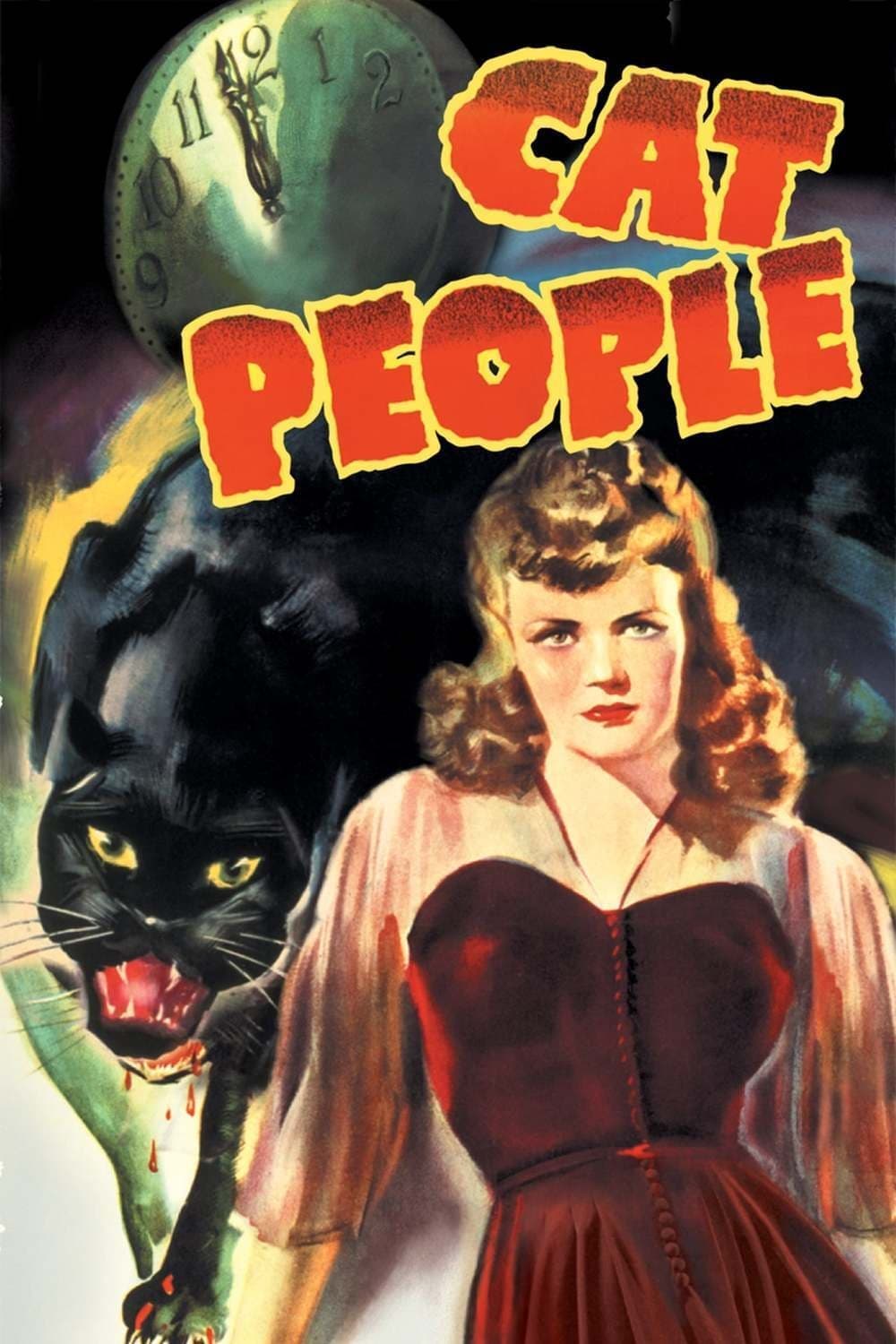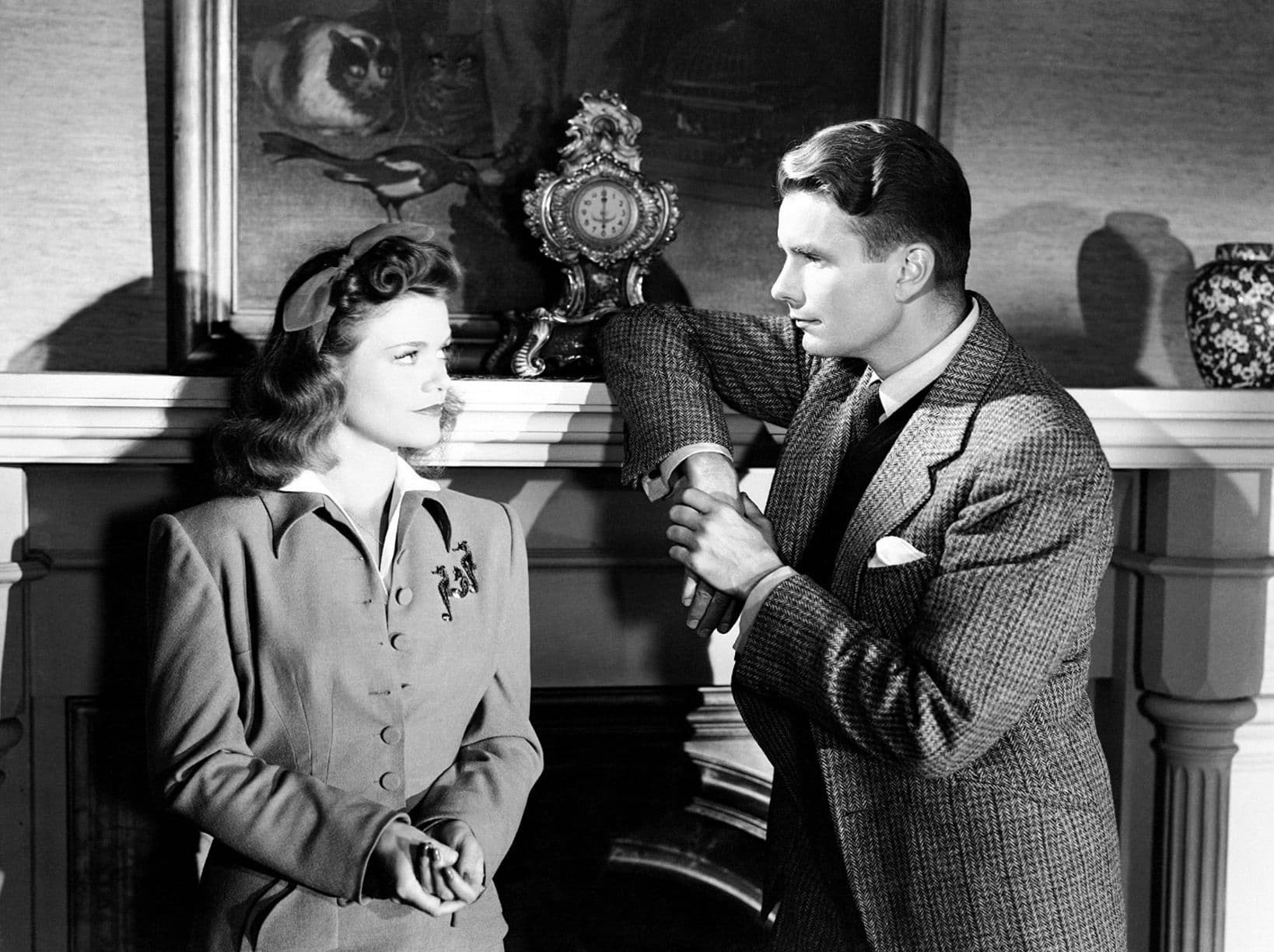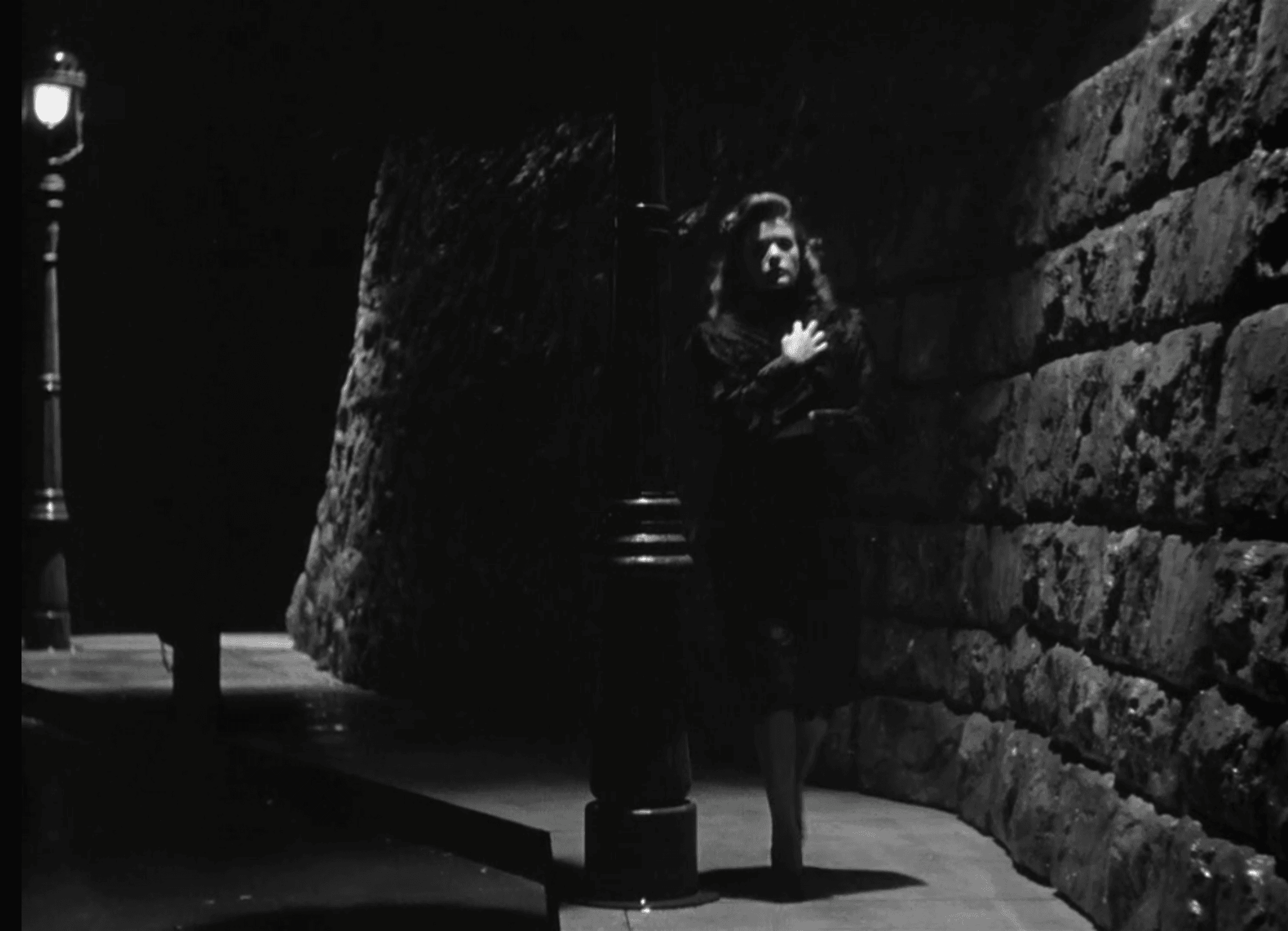
Cat People
1942
Rate this movie
Average: 0.00 / 5
(0 votes)
Director
At a time when the horror genre was experiencing a period of relative stagnation after its early splendours with the Frankenstein and Dracula sagas, Tourneur, excellently supported in production by Val Lewton, a true horror enthusiast and story writer, and in screenwriting by DeWitt Bodeen, crafts a disturbing story of rare stylistic refinement and brilliant originality. "Cat People" (the original title, which already alludes to metamorphosis and latent bestiality) is not just a film, but a programmatic manifesto for a new kind of horror, one that shies away from the easy exhibition of the monster to embrace the ineffable, atmosphere, and psychological suggestion. Lewton, with his keen producer's intuition and auteur's vision, had imposed a golden rule on his directors: never explicitly show the horror, but make it felt, foreshadowed, insinuated into the folds of the viewer's mind. It was a choice partly dictated by the stringent budget limitations that plagued RKO's "B-movies," but transformed by Lewton into a formidable aesthetic weapon, almost an artistic declaration against the excessive narrative clarity of much of Hollywood at the time.
It tells the story of a woman of Serbian origin, Irena Dubrovna, who harbors a grim secret. Her cultural "otherness" and mysterious origins are immediately sublimated into a palpable unease, positioning her as a figure on the fringes of American society, an archetype of the "other" who conceals an unknowable nature. The woman is convinced that she is a descendant of an ancient Balkan race that had the characteristic of transforming its descendants into ferocious beasts once they received a sexual stimulus. This premise, so audacious for its time – bestiality unleashed by erotic impulse – immerses the film in a deeply Freudian analysis of repression. Irena is not afraid of the panther itself, but of the sexual impulse that awakens it, an impulse that 1940s American Puritan society considered taboo, especially when linked to the female figure. The film thus becomes a metaphor for the terror of female sexuality, a primordial power that the protagonist cannot control, and which leads her to agonizing isolation.
Although married, the woman cannot shake off this psychological impediment, or rather, this atavistic curse, and a series of disturbing occurrences seem to validate her lucid madness. Tourneur excels at making the invisible visible, at shaping the unsaid and the unshown into a tangible threat. The famous bus scene, the first application of what would become the "Lewton Bus scare" – a sudden noise or appearance that turns out to be harmless but amplifies tension – is a striking example of his mastery. The panther is not seen attacking, but its growl is heard, its menacing shadow is perceived, the signs of its passage are seen. The rippling water in the pool, the sound of the cat meowing, the furtive shadow preceding the victim: these are all devices that evoke a horror more subtle and penetrating than any rubber creature. Chiaroscuro, borrowed from German Expressionist cinema (a key influence for Lewton and Tourneur, both intellectuals and cinephiles), envelops every scene in an atmosphere of perennial ambiguity, transforming New York into an urban jungle where danger lurks in the darkness.
The fear instilled by this film is not in the monstrosity of the images, which are deliberately absent by stylistic choice and production necessity, but in ancestral doubt, in the shadow that lurks in the mental recesses. It is the fear of losing self-control, of yielding to primal instincts that civilization desperately tries to suppress. It is the terror of one's most hidden self, an entity that pulses beneath the surface of the psyche and threatens to erupt, destroying all semblance of normality. "Cat People" thus positions itself not only as a masterpiece of gothic-psychological horror, but as a precursor to later works that would explore the depths of inner anguish and paranoia (consider "Rosemary's Baby" or certain Hitchcockian pinnacles). Its influence extends far beyond the genre, demonstrating how suggestion and ambiguity can be sharper weapons than any special effect, and how Lewton's intellect and Tourneur's vision elevated a simple "B-movie" to an immortal cinematic work of art. And it is a fear far more effective than any other, because it resonates with our most intimate and unresolved fears.
Country
Gallery




Comments
Loading comments...